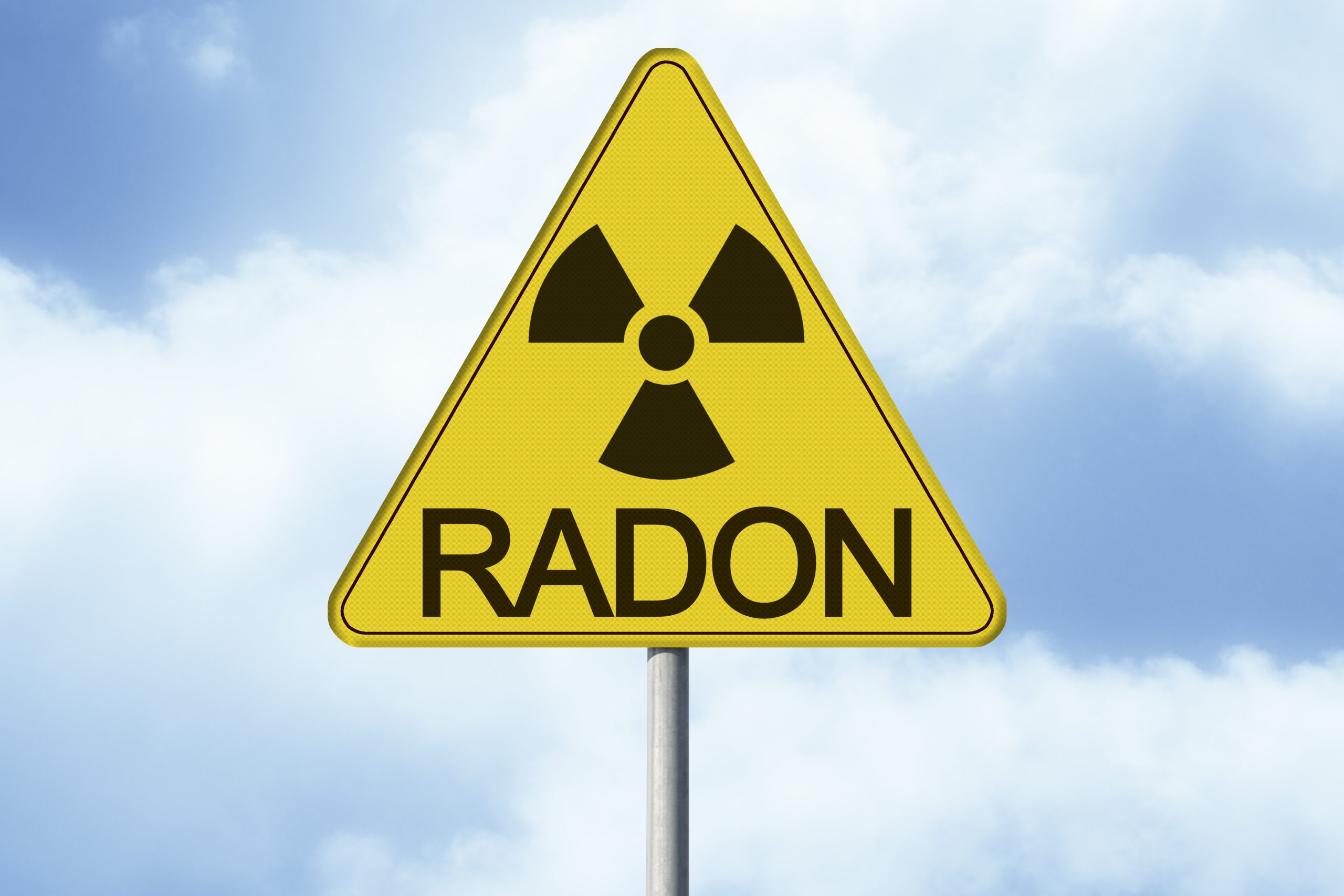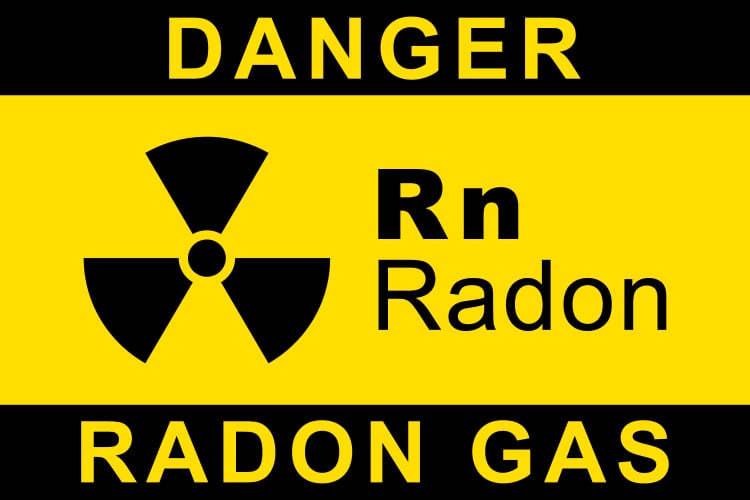Radon is a radioactive gas that occurs naturally in the environment, primarily as a result of the breakdown of uranium in soil, rocks, and water. It is a colorless, odorless, and tasteless gas that can seep into homes, buildings, and other enclosed spaces, making it a potential health hazard for millions of people worldwide. While radon is known to cause serious health issues, such as lung cancer, it is not typically associated with symptoms like headaches, dizziness, or nausea.
This article aims to provide a comprehensive overview of radon exposure, its effects on health, and the steps that can be taken to minimize exposure and mitigate health risks.
Table of Contents
Radon and Its Effects on Health
Radon is a known carcinogen, which means that it has the potential to cause cancer in humans. The primary health risk associated with radon exposure is lung cancer, which is the leading cause of cancer deaths worldwide. According to the World Health Organization (WHO), radon is responsible for approximately 3-14% of all lung cancer cases, making it the second leading cause of lung cancer, after smoking.
The risk of lung cancer from radon exposure is directly related to the level of radon in the air and the duration of exposure. The higher the level of radon and the longer the exposure, the greater the risk of lung cancer. It is estimated that exposure to radon levels of 100 Bq/m3 (Becquerels per cubic meter) for a lifetime can increase the risk of lung cancer by 1 in 100 for non-smokers and by 1 in 10 for smokers.
While radon is not typically associated with symptoms like headaches, dizziness, or nausea, it can cause other health issues, such as respiratory problems, coughing, and shortness of breath. These symptoms are often mistaken for other health issues, such as allergies or the common cold, making it difficult to diagnose radon-related health problems.
Testing for Radon
Testing for radon is a straightforward process that can be done using DIY test kits or by hiring a professional radon service. These tests measure the concentration of radon in the air and provide valuable information about the level of exposure. The U.S. Environmental Protection Agency (EPA) recommends that homes be tested for radon every two years and that action be taken if levels exceed 4 picocuries per liter (pCi/L).
Minimizing Radon Exposure
The best way to minimize radon exposure is to test homes, buildings, and other enclosed spaces for radon levels. Radon testing can be done using a variety of methods, including short-term and long-term tests. Short-term tests measure radon levels over 2 to 90 days, while long-term tests measure radon levels over 90 days or more.
If radon levels are found to be high, several steps can be taken to reduce exposure and mitigate health risks. These steps include:
- Sealing cracks and openings in the foundation, walls, and floors of buildings to prevent radon from entering.
- Increasing ventilation in the building to dilute radon levels.
- Installing a radon mitigation system, such as a sub-slab depressurization system, to reduce radon levels.
- Testing radon levels regularly to ensure that they remain low.
Conclusion
Radon exposure is a serious health hazard that can lead to lung cancer and other respiratory problems. While radon is not typically associated with symptoms like headaches, dizziness, or nausea, it can cause other health issues, such as respiratory problems, coughing, and shortness of breath. The best way to minimize radon exposure is to test homes, buildings, and other enclosed spaces for radon levels and take steps to reduce exposure and mitigate health risks.
By taking a proactive approach to radon testing and mitigation, individuals can protect themselves and their families from the harmful effects of radon exposure and reduce the risk of lung cancer and other health issues.





